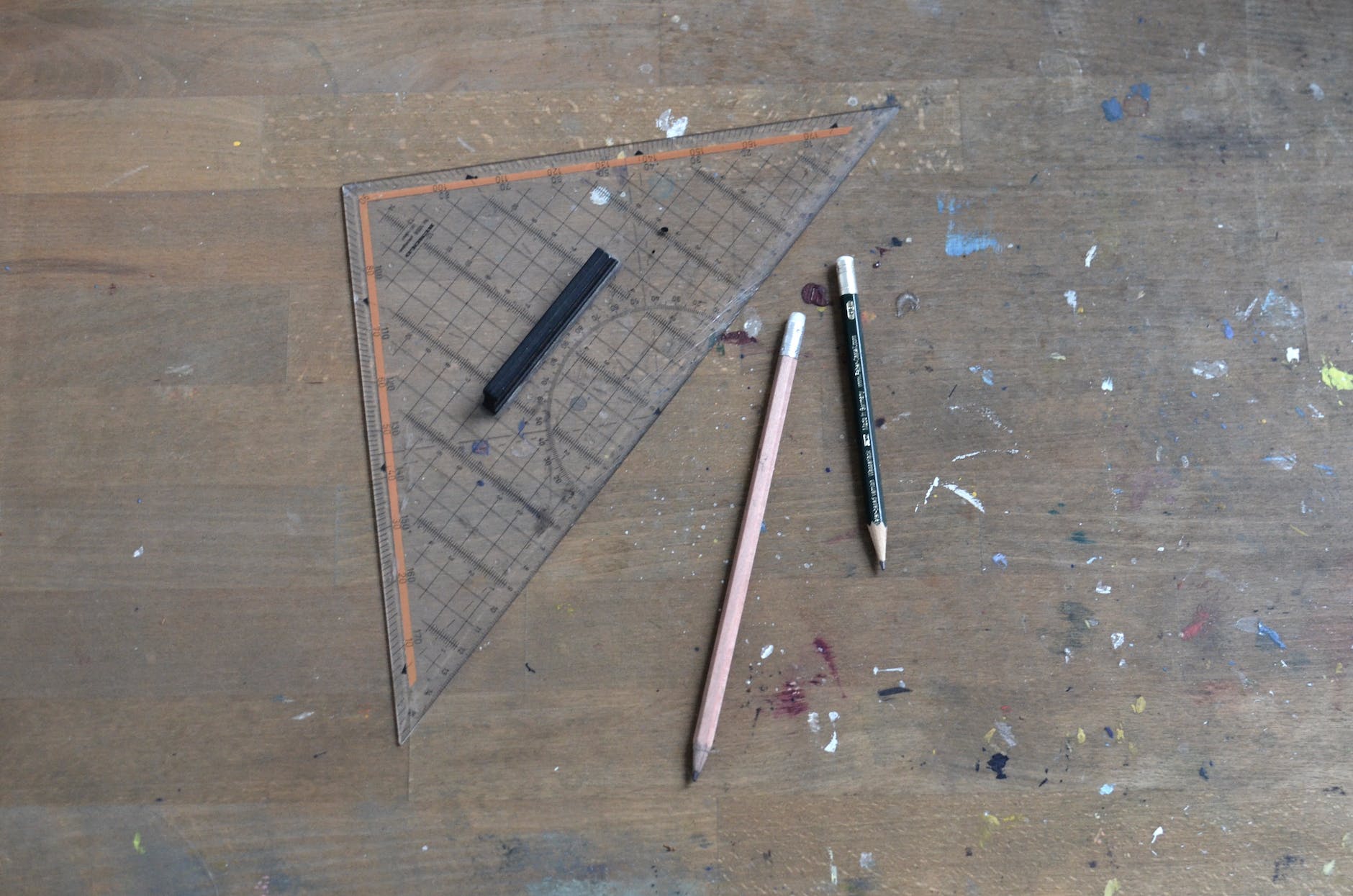My very first 2024 rejection email came in a few weeks ago.

Spending time to understand the scope of the project (conversion of the existing retail building into a housing building), tight schedules for design and construction timeframe, and even the type of finishes the client would like to select, I can recognize the client was knowledgeable about the project he was planning.
However, when I asked what the budget for the project was, it met with an unclear, vague response. “oh… don’t know…You should just come up with your fees based on how you and your team work.”
In other words, the client did not want the architect’s fee based on how extensive (or not) he was planning for the project.
I was floored.
The client was knowledgeable about how the project should be executed. Still, when discussing the money (particularly architects), his sophistication evaporated.
My initial excitement about the project started to wane by then, and I “still” decided to prepare the proposal with my past usual approach; come up with some dollar amount and hope for the best.
Rejection stings, especially after pouring heart and soul into crafting even the enigmatic proposal. Despite over a decade of experience in the field, I find myself grappling with the daunting task of pricing architecture services along with other architects.
Here are potential reasons for the constant battle against the forces of secrecy and ambiguity that seem to plague our profession.
The Culture of Secrecy among Architects
It starts with us, architects.
Imagine a room full of architects, all eager to network and exchange ideas. Yet, when the topic of fees arises, the atmosphere shifts, and suddenly, it feels like we’re tiptoeing around a forbidden subject.

I remember attending a conference early in my career with enthusiasm and curiosity. However, as I tried to engage my peers in a discussion about pricing strategies (not numbers), I was met with guarded expressions and vague responses.
It was as if we were all sworn to secrecy, protecting our fee structures like closely guarded treasures. This culture of silence creates a barrier to transparency, leaving architects to navigate the murky waters of pricing in isolation.
Consider the experience of a young architect fresh out of school, eager to make their mark on the world. Armed with passion and creativity, they set out to conquer the profession, only to be met with a wall of silence when discussing fees.
Without guidance or mentorship, they’re left to fend for themselves, blindly stumbling through pricing their services with a “hope for the best” approach, or worse, constantly undercutting fees to get their “first project experience,” which becomes the norm in our profession.
It’s a daunting tradition, made all the more difficult by the prevailing culture of secrecy within the profession.
However, I also have examples of hope amidst the darkness.
A few years ago, I attended a workshop hosted by a group of forward-thinking architects who believed in the power of transparency and collaboration.
They encouraged us to share our fee structures openly and honestly by sharing their first; the results were nothing short of transformative.
Suddenly, architects who had once been competitors were now allies, freely exchanging insights and best practices.
It was a refreshing change from the usual atmosphere of secrecy and mistrust, and it gave me hope that perhaps, just perhaps, a new era of openness and collaboration was dawning in our profession.
The Client Conundrum
Now, let’s shift our focus to the other side of the equation – the clients.
Ah, clients – the lifeblood of any architecture practice. But as much as we rely on them for our livelihood, they can also be the source of much frustration and confusion, especially when discussing financials.

Take, for example, a recent encounter with a potential client who seemed reluctant to disclose any details about their financial constraints.
Despite my efforts to extract some semblance of a budget from them, they remained evasive, insisting they were still “exploring their options.” It wasn’t until much later in the process that I learned they had a strict budget in mind all along, but were hesitant to share it for fear of being taken advantage of.
This lack of transparency not only made it difficult for me to tailor my proposal to their needs but also led to misunderstandings and frustration on both sides.
It’s a classic case of miscommunication fueled by a culture of secrecy that pervades our profession.
With some unpleasant, unambiguous communication style clients, I also had pleasant and transparent experiences.
I recently enjoyed working with a client who believed in open and honest communication. From our very first meeting, they were transparent about their budgetary constraints and expectations, and it made all the difference in the world.
Armed with this invaluable information, I was able to tailor my proposal to their needs, ensuring that both parties were on the same page from the outset.
It was a refreshing change from the usual evasive guessing game, and it reaffirmed my belief in the power of transparency in client relationships.
The Profession’s Silence
And finally, let’s talk about the elephant in the room – the profession itself.
Organizations like the Ontario Association of Architects (OAA) and the American Institute of Architects (AIA) play a vital role in advocating for architects and promoting best practices within the industry.
Yet, when it comes to discussing the business side of architecture, they remain conspicuously silent.
Ever-present newsletters from these organizations about industry-relevant topics- latest sustainable building materials, construction methods, and omnipresent AI technological changes/impacts – the business side of our profession, especially about our fees, remain missing in their beautifully designed (we are designers, after all,) newsletters.
As someone who’s learned (and still learning) the hard way through trial and error – with emphasis on the “error” – I believe it’s time for a change.

It’s time for us to break free from the shackles of secrecy and embrace a culture of transparency and collaboration. It’s time for organizations like the OAA and AIA to provide the guidance and support architects need to navigate the complexities of pricing their services.
Most importantly, it’s time for us, as architects (including yours truly), to come together and share our knowledge and experiences openly and honestly.
Only by working together can we hope to overcome the challenges that lie ahead and build a “financially” brighter future for our profession.
Final Thoughts
In a profession where everything from client meetings to design sketches has been revolutionized in recent times, it’s ironic that the conversation around fees remains mired in the past.
We can conduct short client meetings without ever leaving the office, create intricate sketches on our iPads and send them out to consultants without needing a printer. However, when it comes to discussing money, we’re still stuck in the dark ages.
But amidst the frustration and uncertainty, there’s still room for a good laugh.
So here’s to embracing the mystery, navigating the pitfalls with grace, and finding the punchline hidden among rejection letters (many) and unanswered proposals.
Cheers to the architects who dare to dream, even when the numbers don’t add up:-)
